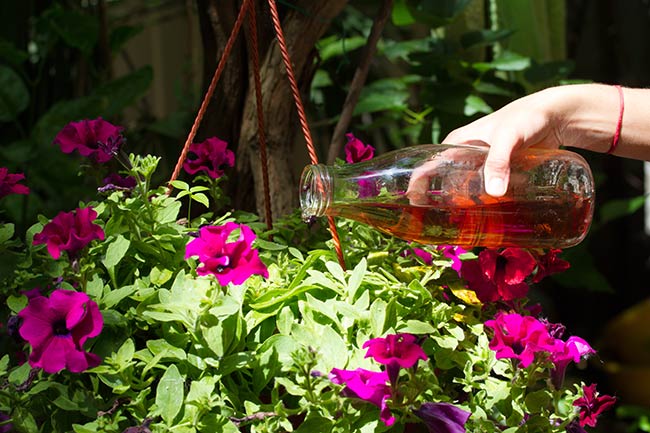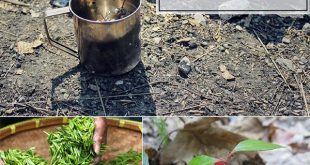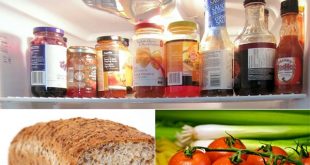Homemade Plant Food: Nourishing Your Green Thumb
Gardening enthusiasts often strive to provide their plants with the best care possible, and one crucial aspect of plant health is proper nutrition. While commercial plant foods are readily available, creating homemade plant food can be a cost-effective and satisfying alternative. In this article, we will delve into the essentials of plant nutrition, discuss common deficiencies, their associated signs, and provide you with easy-to-make homemade plant food recipes to give your plants the nourishment they need.
Understanding What Your Plants Need and Common Deficiencies:
To ensure healthy plant growth, it’s crucial to understand the basic nutritional requirements of plants. Here are the key elements necessary for optimal plant development, along with the common deficiencies associated with each nutrient:
1- Nitrogen (N):
Deficiency Signs: Yellowing (chlorosis) of older leaves, stunted growth, reduced leaf size.
Best Way to Help: Incorporate organic matter high in nitrogen, such as compost or well-rotted manure, into the soil. Additionally, use nitrogen-rich homemade plant food recipes like the one mentioned below.
2- Phosphorus (P):
Deficiency Signs: Purplish or reddish discoloration of leaves, delayed flowering, poor root development.
Best Way to Help: Apply a phosphate-rich fertilizer, such as bone meal or rock phosphate, to the soil. Incorporate these amendments during planting or mix them with water for application around the base of the plant.
3- Potassium (K):
Deficiency Signs: Yellowing or browning of leaf edges, weak stems, reduced fruit size.
Best Way to Help: Use potassium-rich homemade plant foods or additives, such as banana peel tea (recipe provided below), wood ash (in moderation), or seaweed extract. Apply these remedies as directed to ensure optimal potassium uptake.
4- Secondary Nutrients (Calcium, Magnesium, Sulfur):
-
- Deficiency Signs:
- Calcium: Blossom end rot in tomatoes, stunted growth, distorted leaves.
- Magnesium: Yellowing between leaf veins (interveinal chlorosis), leaf curling.
- Sulfur: Yellowing of new leaves, stunted growth.
- Best Way to Help: Apply amendments specific to each deficiency, such as gypsum or crushed eggshells for calcium, Epsom salt solution (recipe provided below) for magnesium, and elemental sulfur for sulfur deficiency.
- Deficiency Signs:
Homemade Plant Food Recipes to Address Deficiencies:
Here are some easy-to-make homemade plant food recipes that can help address nutrient deficiencies and promote healthy plant growth:
1- Banana Peel Tea (for Potassium):
Recipe: Soak banana peels in water for a few days until the mixture turns brown. Dilute the tea with water (1:5 ratio) and use it to water your plants once a week.
2- Epsom Salt Solution (for Magnesium):
Recipe: Dissolve 1 tablespoon of Epsom salt in 1 gallon of water. Use this solution to water plants affected by magnesium deficiencies. Apply every two weeks until symptoms improve.
3- Compost Tea (for General Nutrition):
Recipe: Steep compost in water for a few days, strain the mixture, and dilute it with water (1:10 ratio). Apply every two weeks to provide a balanced nutrient boost.
By understanding the essential nutrients required by plants, recognizing the signs of deficiencies, and utilizing homemade plant food recipes tailored to address those deficiencies, you can provide your plants with the nourishment they need to thrive. Remember to observe your plants closely for any signs of nutrient imbalances and adjust your homemade plant food applications accordingly. With a little experimentation and care, your green thumb will yield healthy and vibrant plants. Happy gardening!
 Home and Gardening Ideas At home and Gardening ideas we believe inspiring readers about homesteading, self sufficiency
Home and Gardening Ideas At home and Gardening ideas we believe inspiring readers about homesteading, self sufficiency






